| Wednesday, November 13, 2019 | |
SMART MedTech |
|
| 10:00 | Welcome |
| Cassandra Melvin, Director of Operations, SEMI Europe | |
Global Perspectives in Healthcare |
|
| Chair |
Cassandra Melvin, Director of Operations, Semi Europe
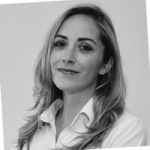
 Biography |
| 10:05 | From Disease Care to Health Care |
Benjamin Wiegand, Global Head, World Without Disease Accelerator, Johnson & Johnson From Disease Care to Health Care
 Abstract Biography |
|
| 10:30 | Perspectives on Healthcare, the Medtech Industry, and Digital |
Michael Strübin, Director Digital Health, MedTech Europe Perspectives on Healthcare, the Medtech Industry, and Digital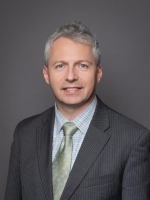
 Abstract Biography |
|
| 10:55 | Connected Health for a Bright Future |
Navid Shahriari, Business Developer, imec Connected Health for a Bright Future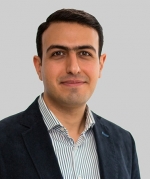
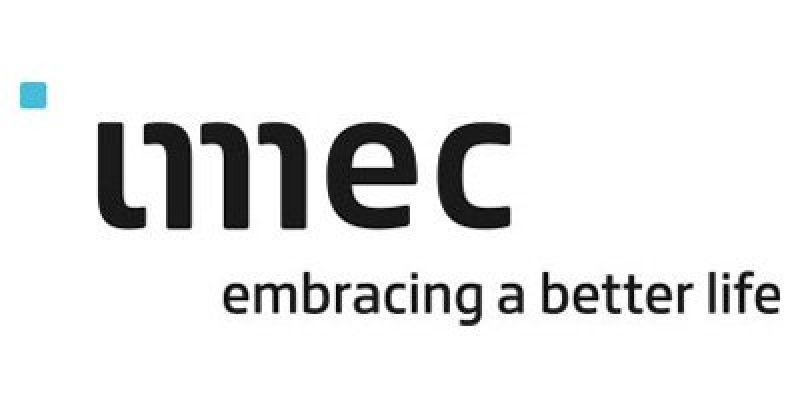 Abstract Biography |
|
| 11:20 | Bridging the Gap from Semiconductors to Medical Technologies: GE Research Advances in Multiparameter Gas, Physiological, and Biological Sensing |
Radislav Potyrailo, Principal Scientist, GE Research Bridging the Gap from Semiconductors to Medical Technologies: GE Research Advances in Multiparameter Gas, Physiological, and Biological Sensing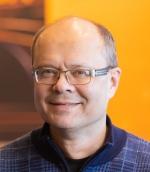
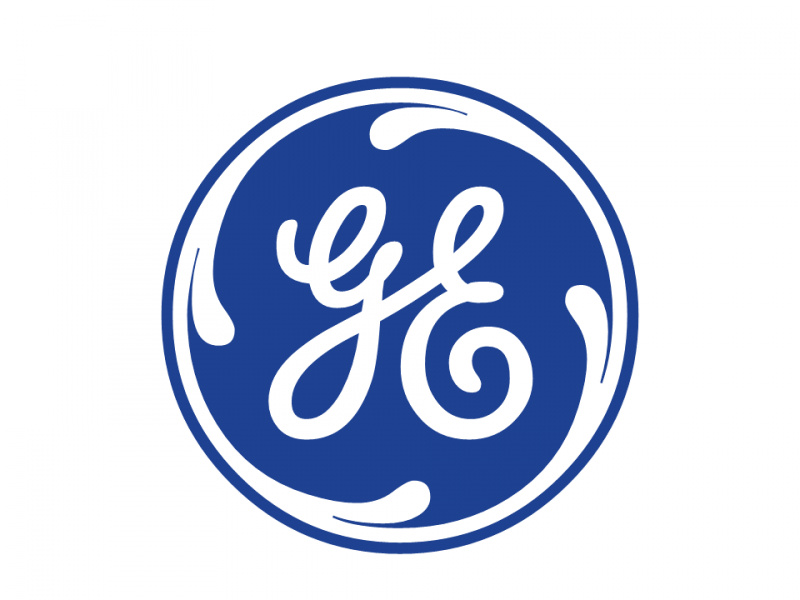 Abstract Biography |
|
| 11:45 | Coffee break |
The Digitization of Preventive Healthcare |
|
| Chair |
Navid Shahriari, Business Developer, imec

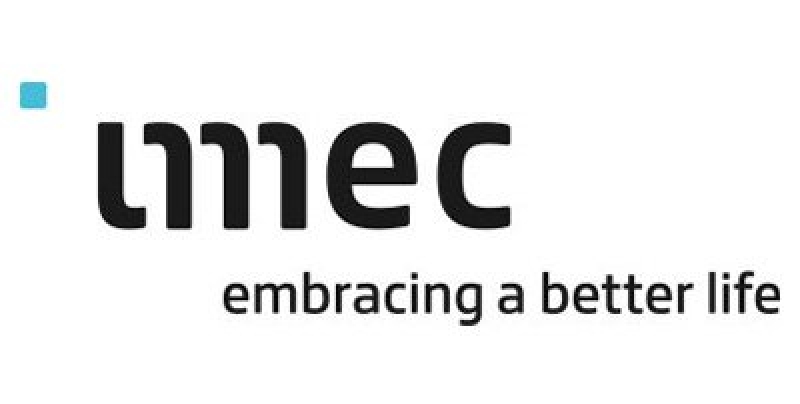 Biography |
| 12:15 | Digital Health: Tracking Mental Stress and Mood Using Wearable Data and Machine Learning |
Emmanuel Rios Velazquez, OnePlanet | Connected Health Solutions Digital Health: Tracking Mental Stress and Mood Using Wearable Data and Machine Learning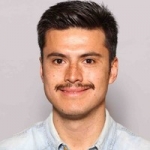
 Abstract Biography |
|
| 12:40 | Monitoring Sleep to Prevent Health Issues and Costs |
Sudhir Mulpuru, Director, Business Management, Industrial & Healthcare, Maxim Integrated Monitoring Sleep to Prevent Health Issues and Costs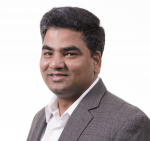
 Abstract Biography |
|
| 13:05 | Sensors to Enable Consumer Health Applications |
Filip Frederix, Senior Marketing Manager Smart Medical Devices, ams Sensors to Enable Consumer Health Applications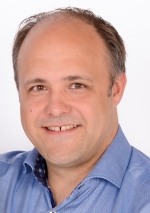
 Abstract Biography |
|
| 13:30 | Can Wearables Help Prevent the Silent Killer (BP)? |
Alisher Kholmatov, Software Manager, Maxim Integrated Can Wearables Help Prevent the Silent Killer (BP)?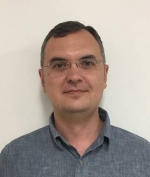
 Abstract Biography |
|
| 13:55 | Coffee break |
Revolutionizing Healthcare with Personalized Medicine |
|
| Chair |
Henry Leistner, Team Leader | Micro Dosing Systems, Fraunhofer EMFT
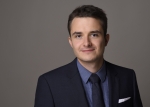
 Biography |
| 14:15 | Personalized Medicine: Toward Innovative Solutions to Meet Healthcare Challenges |
Jerome Mouly, Senior Analyst & Business Developer, Yole Développement Personalized Medicine: Toward Innovative Solutions to Meet Healthcare Challenges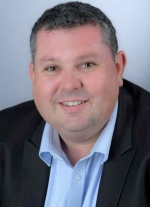
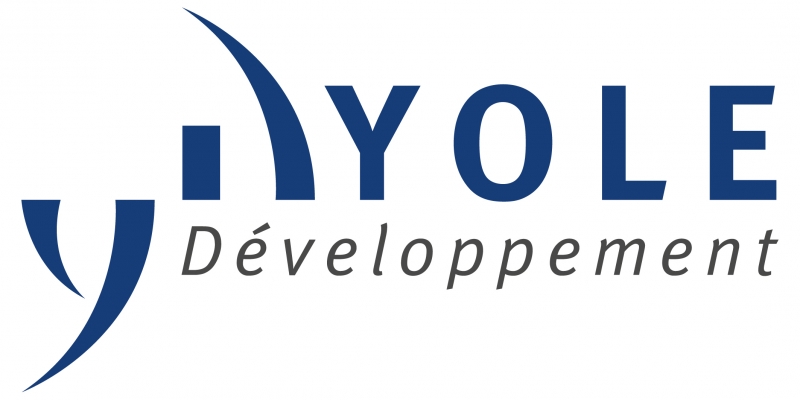 Abstract Biography |
|
| 14:40 | Personalised Health Management Enabled by Nanotechnology and Laboratory on a “Chip” Products |
Ronny van’t Oever, CEO, Micronit Personalised Health Management Enabled by Nanotechnology and Laboratory on a “Chip” Products
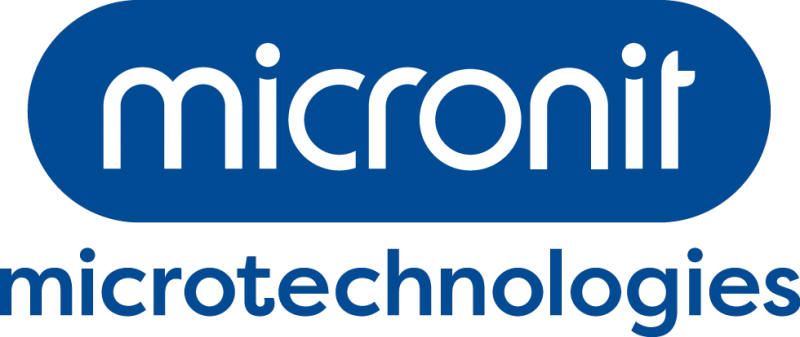 Abstract Biography |
|
| 15:05 | Innovative Diagnostics |
| Prof. Joachim Wegner, University of Regensburg | |
| 15:30 | Precise Drug Delivery for Personalized Healthcare |
Martin Richter, Head of department, Fraunhofer EMFT Precise Drug Delivery for Personalized Healthcare
 Abstract Biography |
|
| 15:55 | Medical is the next Automotive – the Advance of Silicon-based Microfluidics Technologies and Applications |
Stefan Ernst, X-FAB MEMS Foundry Medical is the next Automotive – the Advance of Silicon-based Microfluidics Technologies and Applications
 Abstract Biography |
|
| 16:20 | Technology Demo Zone & Networking |
| Participating companies: MedTech Europe, Yole, imec, Fraunhofer, Sensome, ChronoLife, Onera Health, PKvitality, IC’Alps | |
| 17:00 | End |
| Thursday, November 14, 2019 | |
The Digital Patient: The Future of Artificial Organs & Human Avatars |
|
| Chair |
Patrick Boisseau, Director EU R&I Partnerships Policies, MedTech Europe
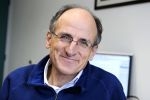
 Biography |
| 10:00 | Day Two Opening |
| Patrick Boisseau, Director EU Research & Innovation Partnerships Policies, MedTech Europe | |
| 10:05 | Human Avatars, the Next Paradigm in Healthcare |
| Adrian Ionescu, Professor at EPFL Lausanne | |
| 10:30 | The Digital Patient: Will We One Day Have our Own Health Avatar? |
Ger Janssen, Department Head Multiphysics & Optics and Program Manager Patient Digital Twin, Philips The Digital Patient: Will We One Day Have our Own Health Avatar?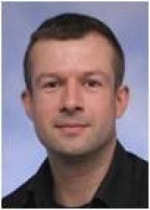
 Abstract Biography |
|
| 10:55 | The Future of Personalized Treatment |
Franz Laermer, Research Fellow (Senior Chief Expert), Robert Bosch GmbH Stuttgart, Corporate Sector Research & Advance Engineering The Future of Personalized Treatment
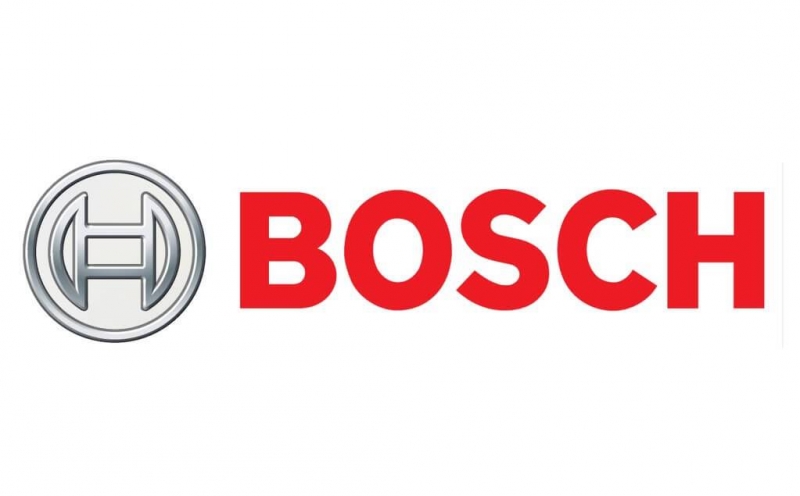 Abstract Biography |
|
| 11:20 | The Clinician’s Point of View |
Anthony Mathur, Director of Interventional Cardiology, Bart's Heart Centre, Bart's Heart Centre The Clinician’s Point of View
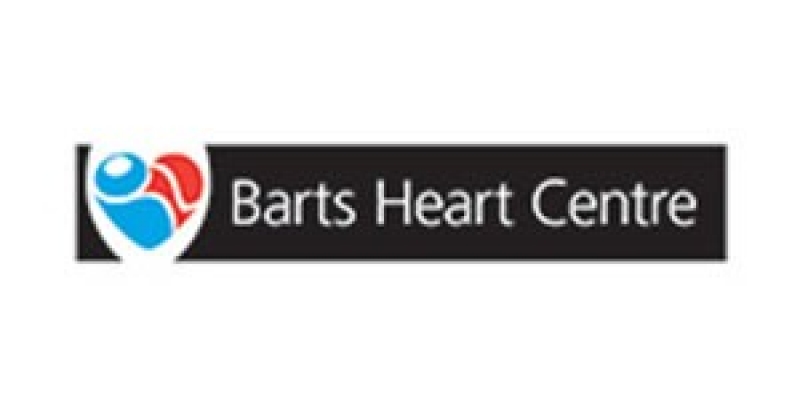 Abstract Biography |
|
| 11:45 | Coffee break |
| 12:40 |
Panel discussionKey Drivers Transforming Healthcare: AI, Big Data and Cyber Security |
| Moderation |
Georg Heidenreich, Director for Healthcare IT Standards, Siemens Healthineers
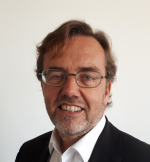
 Biography |
| Panelists |
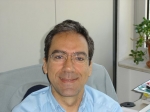
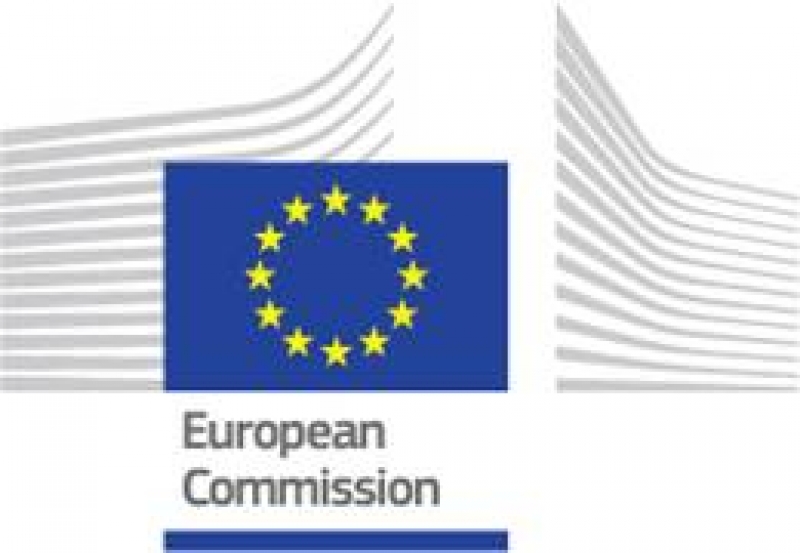 Biography 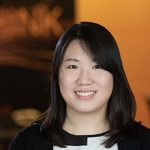
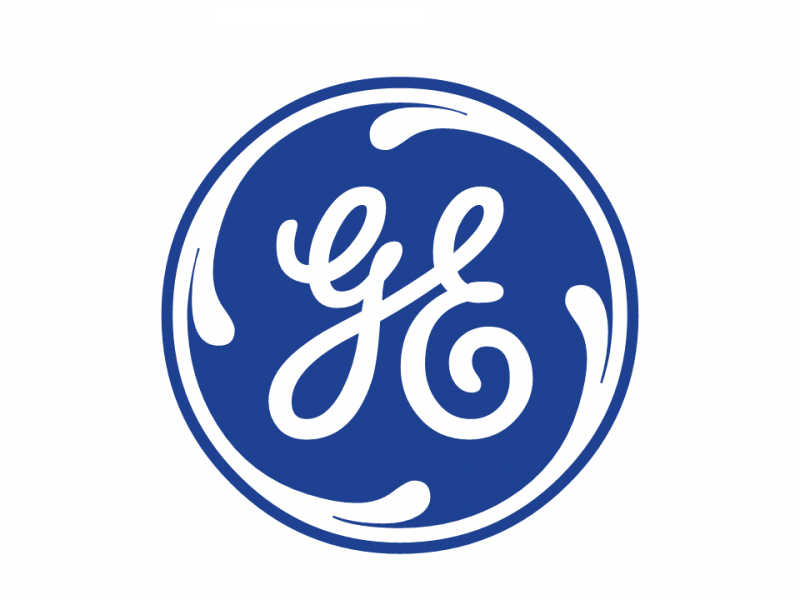 Biography 
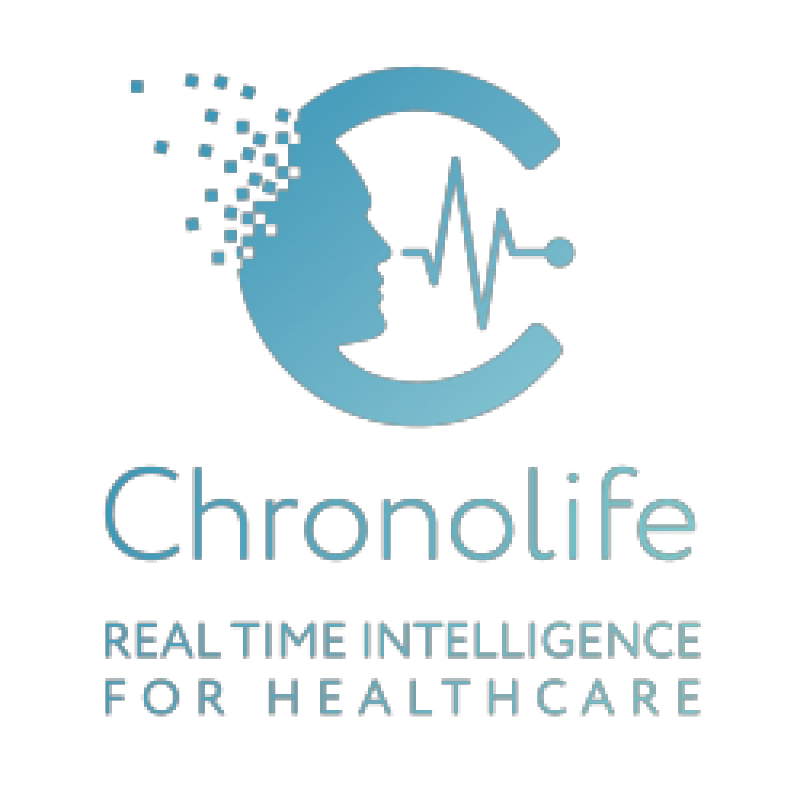 Biography |
Pioneering Research in Medical Technologies |
|
| Chair |
Anne Van den Bosch, Director Public R&D Policies and Programs, Imec
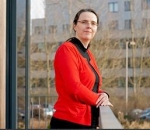
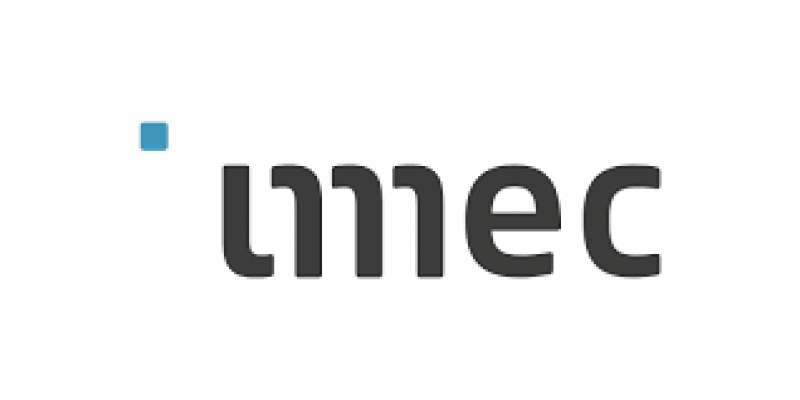 Biography |
| 13:25 | CMOS Compatible SiN Photonics Platform for Life Science Applications |
Andim Stassen, Process Integration Engineer, imec CMOS Compatible SiN Photonics Platform for Life Science Applications
 Abstract Biography |
|
| 13:45 | Microfluidic, CMOS Microelectrode Array-based Organ-on-chip System: a Platform for Personalized Medicine |
Thomas Pauwelyn, Postdoctoral Researcher, imec Microfluidic, CMOS Microelectrode Array-based Organ-on-chip System: a Platform for Personalized Medicine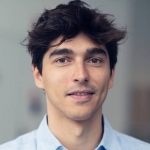
 Abstract Biography |
|
MedTech Startup Challenge |
|
| Chair | Michael Kaiser |
| 14:05 | Smart Investments in Health |
Tom Vanhoutte, Partner, imec.xpand Smart Investments in Health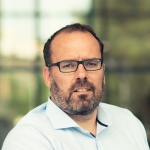
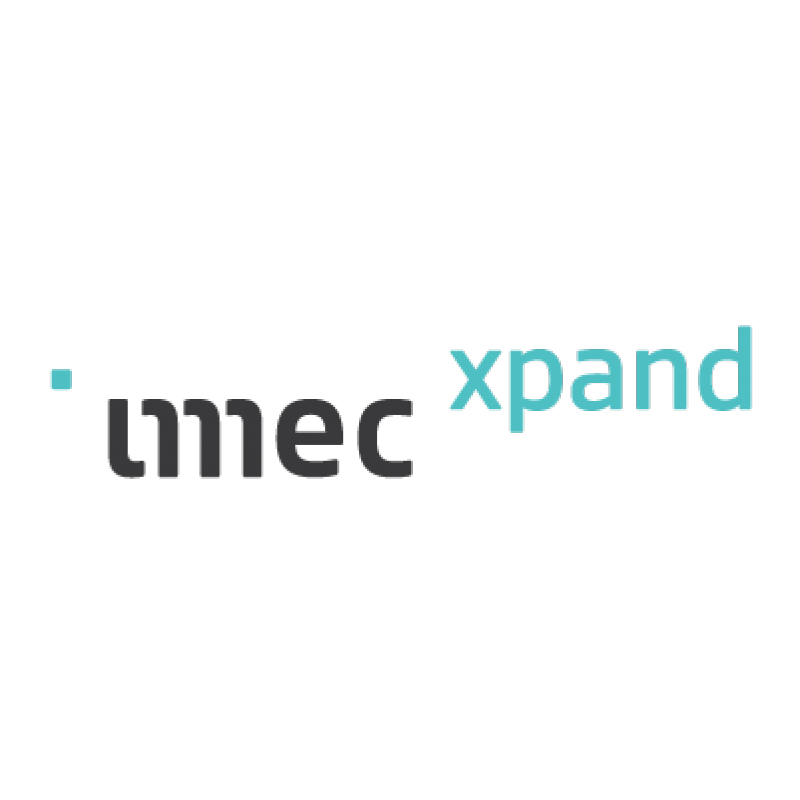 Abstract Biography |
|
| 14:20 | Sensome: Medical Devices Enhanced by Microelectronics to Revolutionize the Treatment of Stroke |
Franz Bozsak, CEO and co-founder, Sensome Sensome: Medical Devices Enhanced by Microelectronics to Revolutionize the Treatment of Stroke
 Abstract Biography |
|
| 14:35 | How Hyperspectral Sensing Technologies can Help Enabling Wearables for Health Diagnostics |
Carl Smets, CEO, Spectricity How Hyperspectral Sensing Technologies can Help Enabling Wearables for Health Diagnostics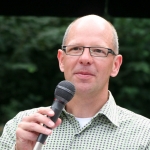
 Abstract Biography |
|
| 14:50 | Introducing the Next Generation of Sleep Diagnostics |
Soukaina Adnane, VP Product, Co-founder, Onera Introducing the Next Generation of Sleep Diagnostics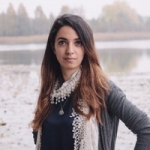
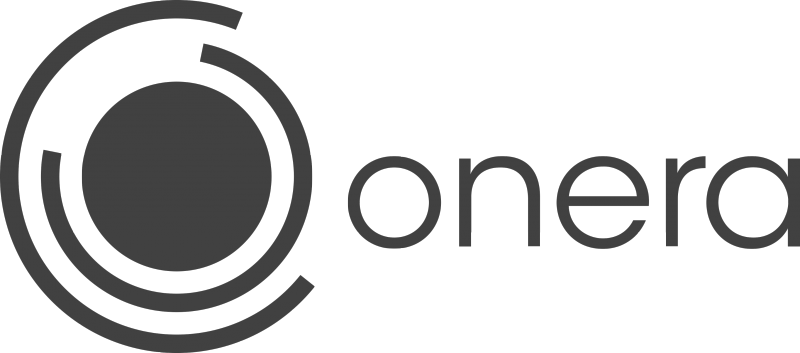 Abstract Biography |
|
| 15:05 | Enabling Smart MD with Custom Integrated Circuit (ASIC) |
Remy Girin, Business Development Manager, IC'Alps Enabling Smart MD with Custom Integrated Circuit (ASIC)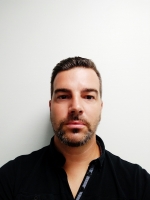
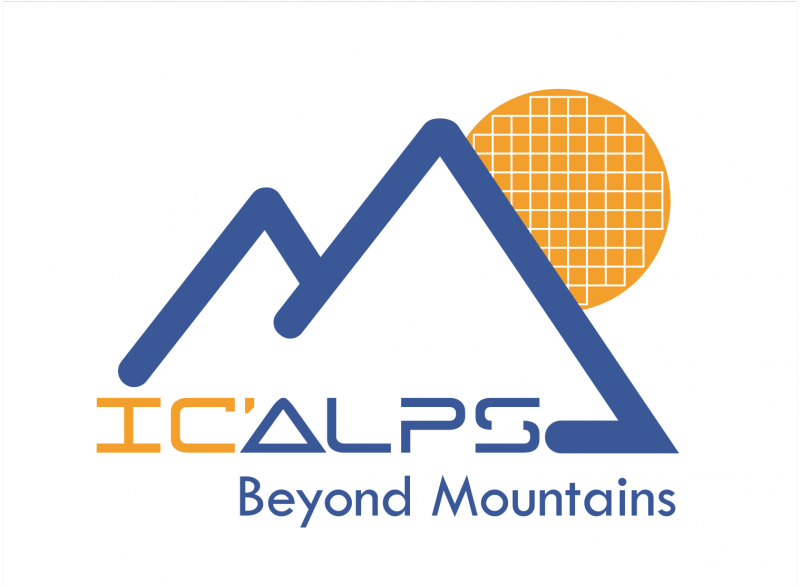 Abstract Biography |
|
| 15:20 | A Medical Grade T-shirt for Continuous and Predictive Medical Remote Monitoring |
Laurent Vandebrouck, Chief Executive Officer, Chronolife A Medical Grade T-shirt for Continuous and Predictive Medical Remote Monitoring
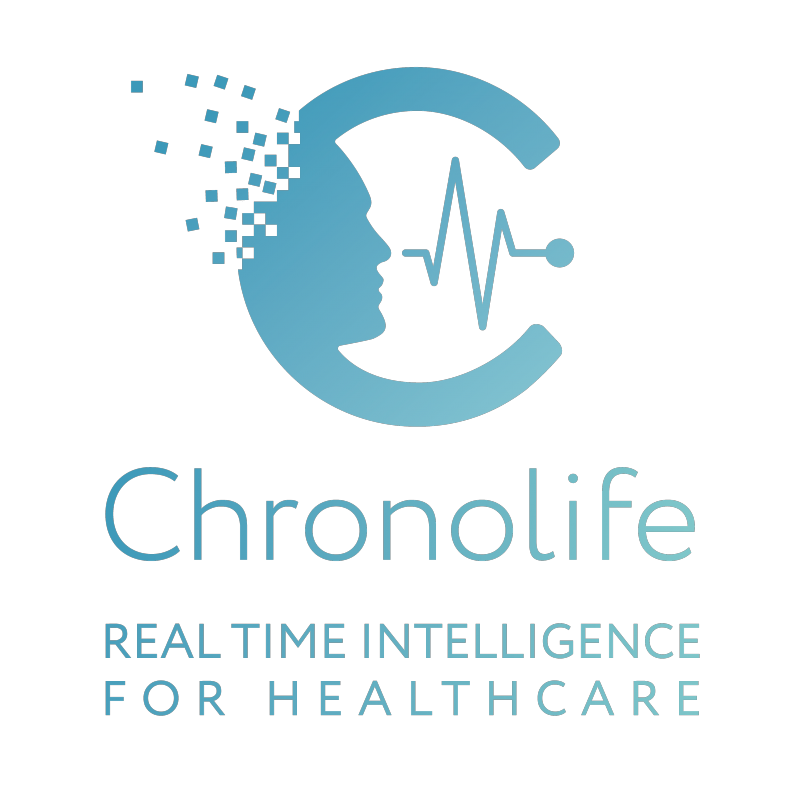 Abstract Biography |
|
| 15:35 | K'Watch, World First Painless Continuous Glucose Monitoring Smartwatch |
Luc Pierart, CEO, PKvitality K'Watch, World First Painless Continuous Glucose Monitoring Smartwatch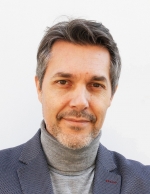
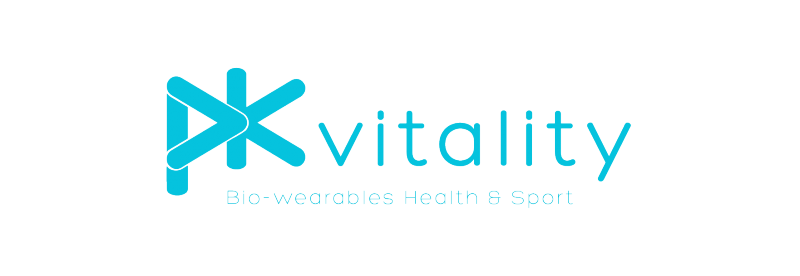 Abstract Biography |
|
| 15:50 | Non-Invasive Continuous Glucose Monitor (NICGM) for Diabetics |
John Hubert, VP of Engineering for Alertgy, Alertgy Non-Invasive Continuous Glucose Monitor (NICGM) for Diabetics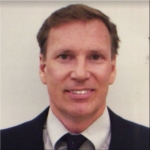
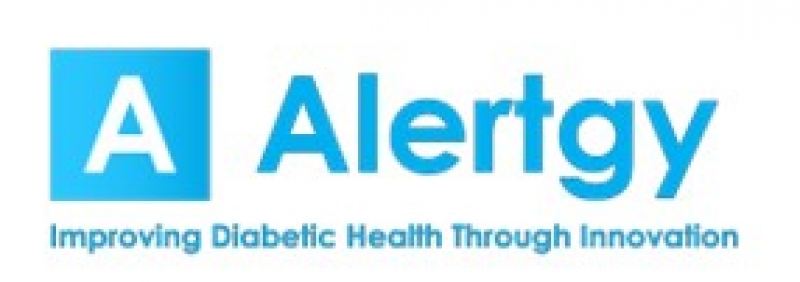 Abstract Biography |
|
| 16:05 | Closing by Session Chair |
| Michael Kaiser, Managing Director, Smart Systems Hub GmbH | |
| 16:10 | Technology Demo Zone & Networking |
| Participating companies: MedTech Europe, Yole, imec, Fraunhofer, Sensome, Smart Systems Hub GmbH, IC’Alps, Micronit, GE Research, Alertgy | |